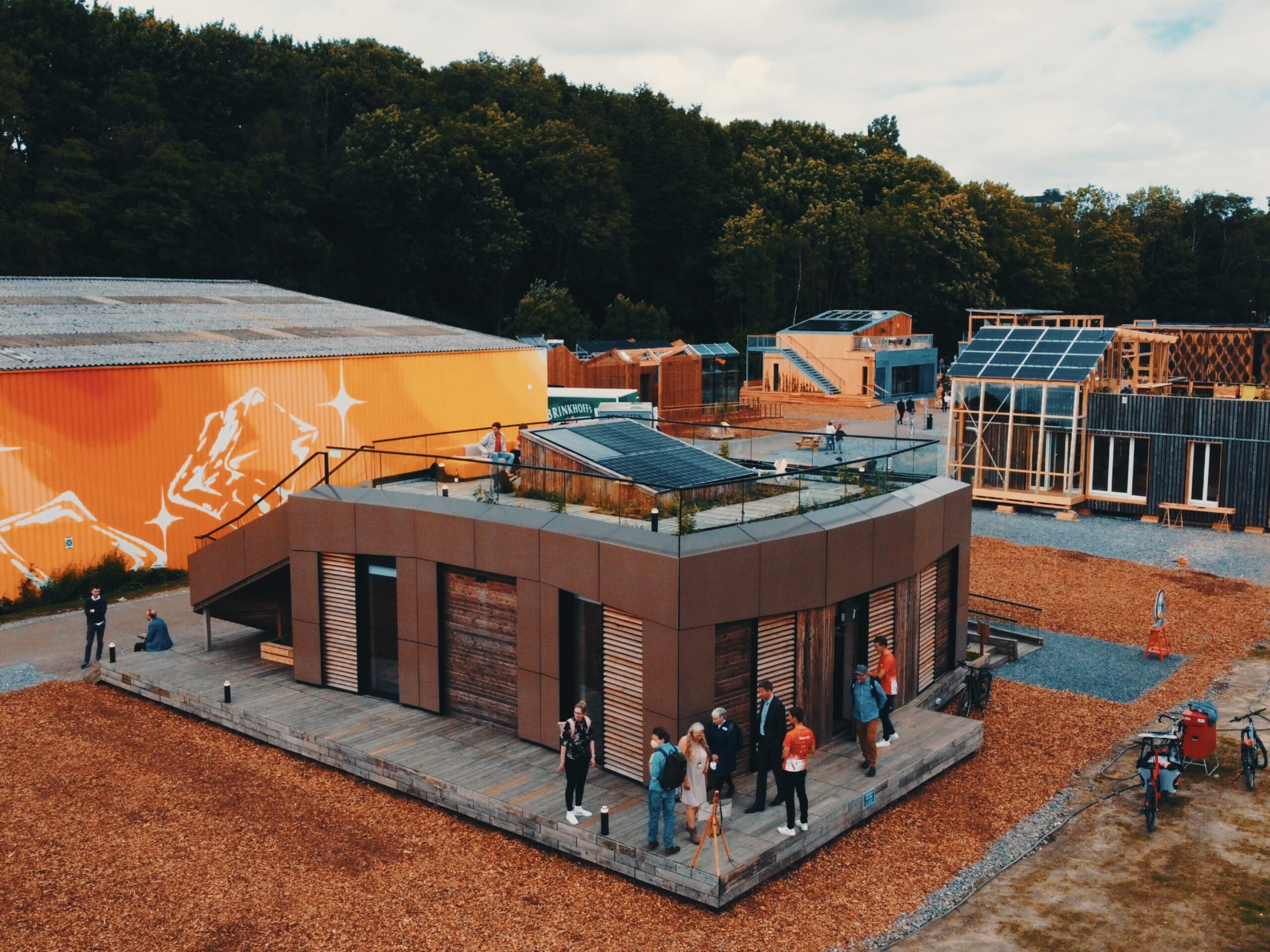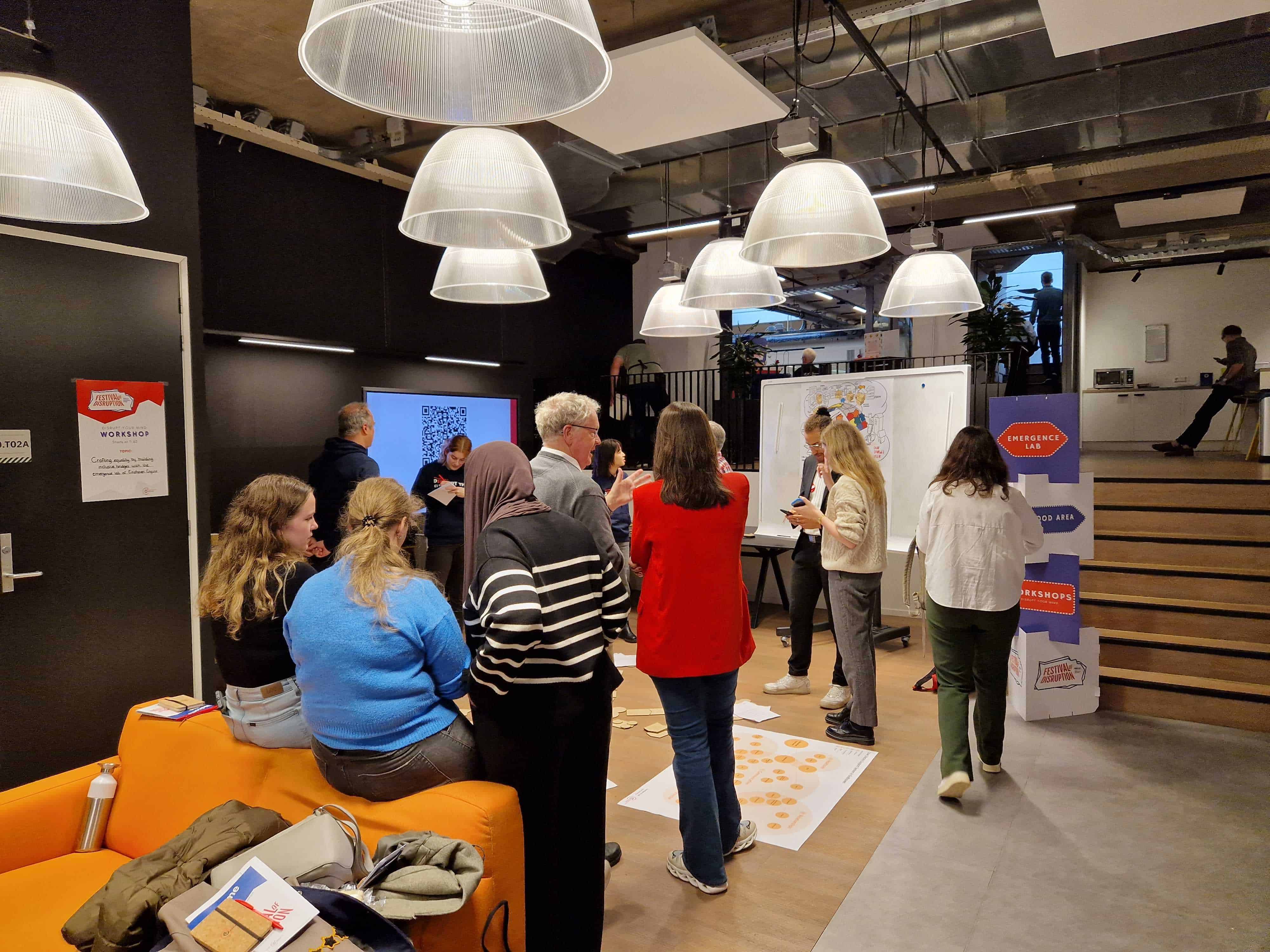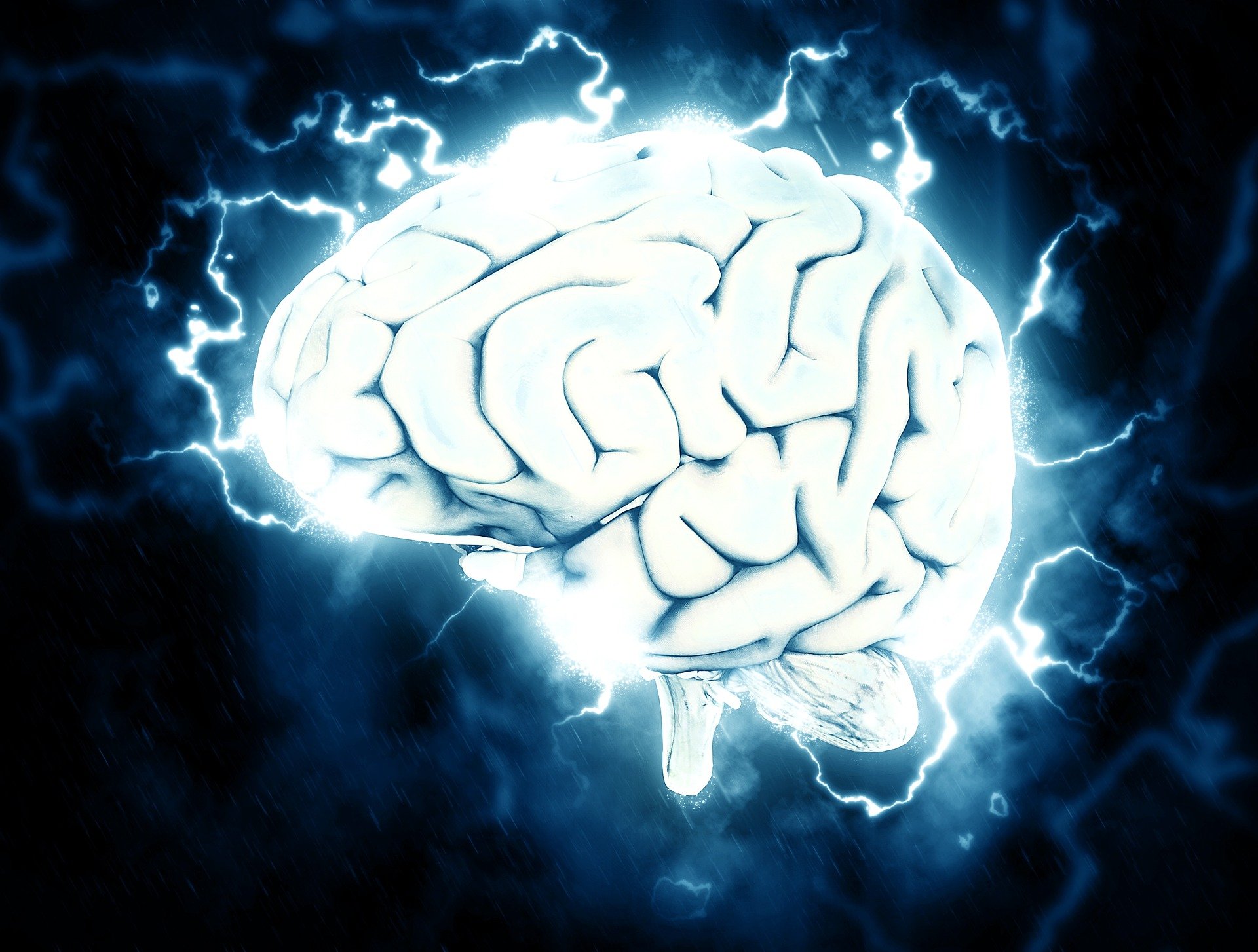
A smart building that knows everything about you and completely adapts to your needs. It sounds ideal and frightening at the same time. Researcher Olivia Guerra Santin sees opportunities, especially when it comes to sustainability. She is one of the project leaders in the Brains4Buildings project. In this, several Dutch universities, colleges, and companies are working together. The goal is to make buildings smarter.
By using energy more efficiently, we waste less. There is still much to be gained in this area because about thirty percent of the energy in buildings is wasted. For example, because we don’t turn off the air conditioning or lights. Maintenance, too, is often inefficient and therefore expensive. With the right sensors and data analytics, you can see the state of installations such as the heating system at any time. That way, parts are never replaced too early or too late again.
About Brains4Buildings
Brains4Buildings is a four-year project in which research institutes, including TU Delft, TU Eindhoven, TNO, Avans, and HAN, and companies such as Bam, and Heijmans are working together on the buildings of the future. They are exploring ways to use AI and data analytics in a smart way to increase the sustainability of buildings and user comfort. The project is primarily focused on commercial and institutional buildings.
Brains4Buildings is part of the 4TU.Built Environment, a partnership between the architecture faculties of the four technical universities in the Netherlands. The 4TU.Built Environment Domain Booster Team Digitalization has four focus areas in the built environment: robotization & automation, mixed reality (VR, AR, MR), digital twins, and artificial intelligence (AI). In the AI focus area, one of the focus lines is combining model-driven (BIM) and data-driven (ML, AI) design methods, and that includes the Brains4Buildings project.
Olivia Guerra Santin on the collaboration between the research institutes and companies: “This way we not only have more knowledge in-house, but ultimately we have more support in society. That makes the chances of success a lot better.”
From dumb technology to smart
All existing smart components come together in the brain of a building, a self-learning algorithm. The technologies to make this happen already exist; the power lies in the combination and integration of all systems. Sensors that measure temperature, humidity, and the amount of CO2 in a room already exist. Shading systems based on sensors that measure the sun’s intensity are also widely used. “But this often does not yet optimally match the potential of a building and the comfort that users are looking for,” says Guerra Santin.
This is because it is now a ‘dumb’ system. Anytime the sun shines, the blinds go down. According to the project manager, such systems can respond much smarter to other elements within a building. “It can be very convenient to wait a little longer in the morning to roll out the blinds. The sun can provide the building with natural heat, which saves in gas consumption and thus emissions.”
AI indispensable
To make connections between different data sources, both in the building and in the environment, Artificial Intelligence (AI) is used. AI can make “dumb” systems smarter by making previously impossible comparisons; hence the title Brains4Buildings. It’s not just theoretical research; the outcomes will be applied to buildings of member companies and organizations. Guerra Santin: “Ultimately, it’s about the building owners, facility managers who manage the dashboards with data and, of course, building users. The goal is for them to cooperate with the technology and thus feel more comfortable in a building.”
Shobhit Chitkara is a product lead at Spectral, one of the participants in the Brains4Buildings project. Spectral is an innovative technology company that has developed a platform (BRIGHTER) that provides data insights and controls installations to make buildings more sustainable. He first worked on the project as a PDEng researcher and is now involved as a product lead. “For us, looking for the optimal balance between energy efficiency, sustainability, and user comfort is important. We look for the energy waste within installations to make sure heaters are only on when they are essential, for example. For this, the tools need to be updated. Facility managers now often still work with legacy systems that are mainly reactive. We see more value in taking a proactive approach, using innovative techniques like predictive modeling and artificial intelligence.”

Behavior
Optimal comfort is achieved through a good interaction between man and machine.
When it comes to users, an optimally functioning building is not enough, according to the researcher. “Information provision is essential,” she states. For example, a smart building can set the air conditioners and ventilation in the best possible way. But this often also means that people no longer have control over opening windows or setting the heating or air conditioning.
Guerra Santin: “To avoid frustration, people must know why certain settings are the way they are.” Chitkara also sees providing information as an essential component. He also wants to use the dashboard to allow users to participate and provide feedback. “This way they also get more insight, for example, when it comes to the waste of energy.” Ultimately, they both see AI to support people. “The user should always be the starting point. I think the building should adapt as much as possible to the users and not vice versa,” says Guerra Santin.
Joining forces
Chitkara sees collaboration with universities and other companies as a crucial aspect of these innovations. “The problem around energy wastage and sustainability is so big that we need all forces. It needs to be a movement, not just a solo effort by one party. In this project, we collaborate with our competitors and reveal much about our products. It feels risky to share part of our IP with our competitors, but this openness from everyone helps to come up with the best solutions to a global problem.”
The next few months of Brains4Buildings are exciting. Guerra Santin: “We are completing the theoretical part of the research. Then we’ll get to work conducting tests in existing buildings. We foresee that our industry partners will eventually bring some of the developed solutions to the market. In the end, of course, it’s all about the people who will use the technology.”







